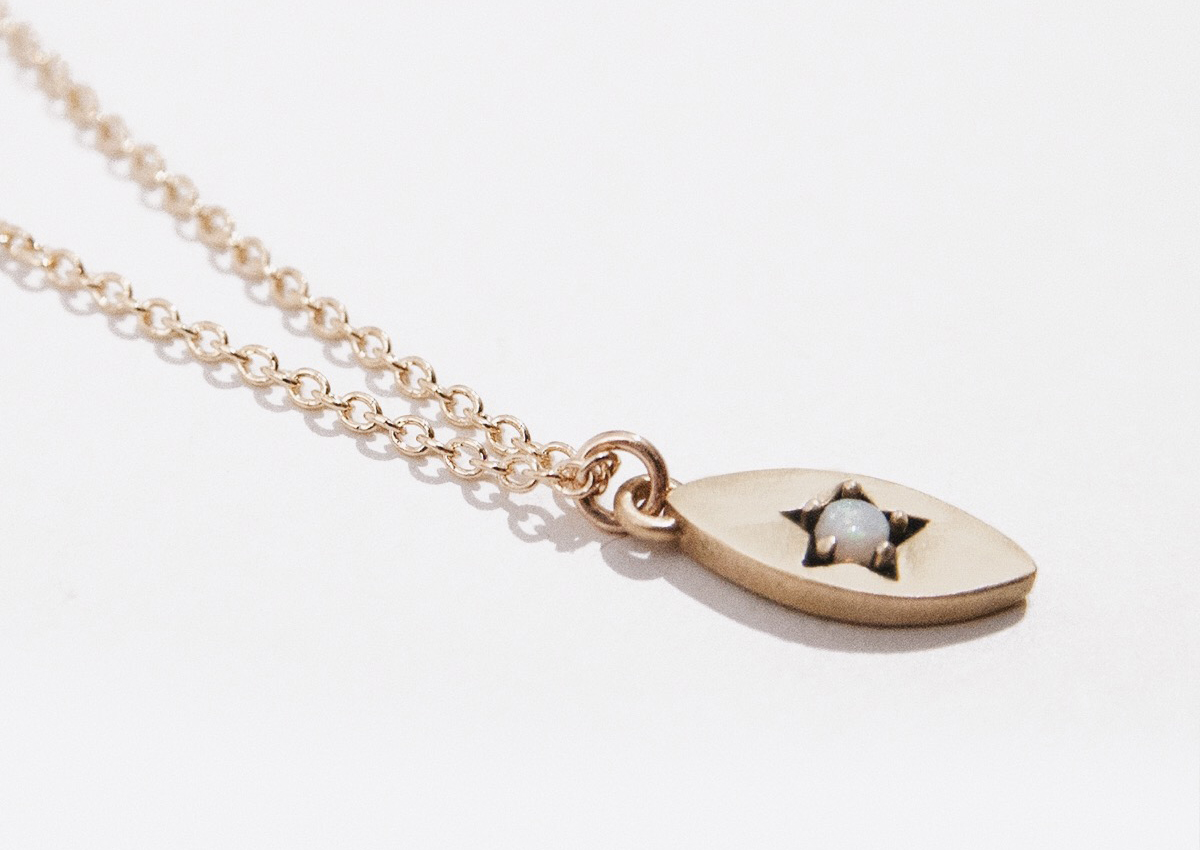Don’t let a bent ear wire or small smudges get in the way of you wearing your favorite jewelry. With just a few basic “tools,” you can put together your own emergency care kit and fix your jewelry right up.
YOU’LL NEED:
1 flat-nose plier
Spare earring backs
Lint-free eyeglass cloth wipe (for gold plated jewelry) and a regular polishing cloth (for solid gold and silver jewelry)
Small cloth bags
I find that earring backs love to go missing because they’re so small, and having spares means you don’t have to swap them out every time you want to wear a new pair. After recently losing a few myself, I added a few different kinds to the shop.
Why flat-nose pliers? Lots of earring posts (including on most of my earrings) are made of sterling silver, a pretty soft metal that can bend easily. To straighten a bent post, you can use those flat-nose pliers to very gently close the whole post between the jaws of the pliers. Open up the pliers, slightly rotate the earring, and close the pliers again. Repeat this a few times and the post will straighten out.
Cloth wipes are great for cleaning up any surface dirt on your jewelry. I recommend an eyeglass cloth for plated jewelry, since it’s soft enough not to scratch through the plating. Regular polishing cloths, meanwhile, are best for solid silver and gold. For both kinds I recommend gently rubbing in a circular motion; rubbing too hard and in just one direction can create a shiny patch of metal.
Lastly, pick up a few small cloth bags for storing your pieces. Cloth bags, like the black velveteen ones I include with all my jewelry, are a great way to keep your jewelry together and to prevent scratching. Ideally, every piece of jewelry gets its own bag, or even better, upgrade to a cute monogrammed case like this one.
These few items, stowed away in a bathroom cabinet or in your travel bag, will get your jewelry looking great again in no time.







